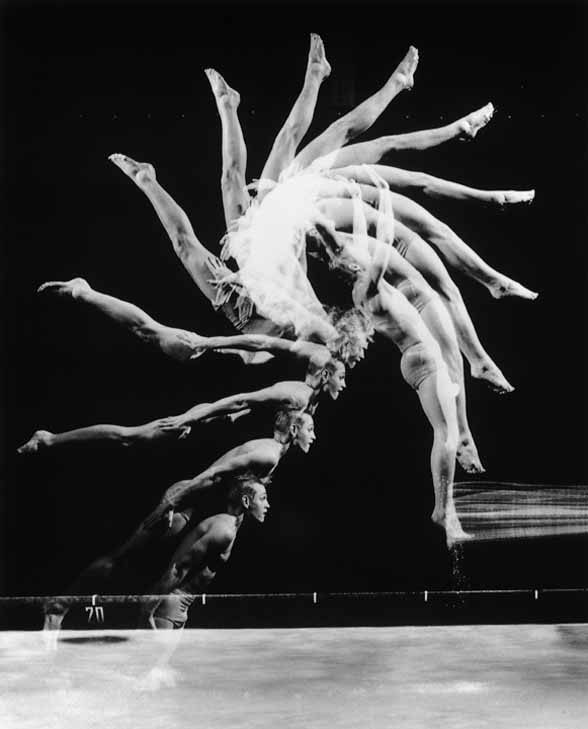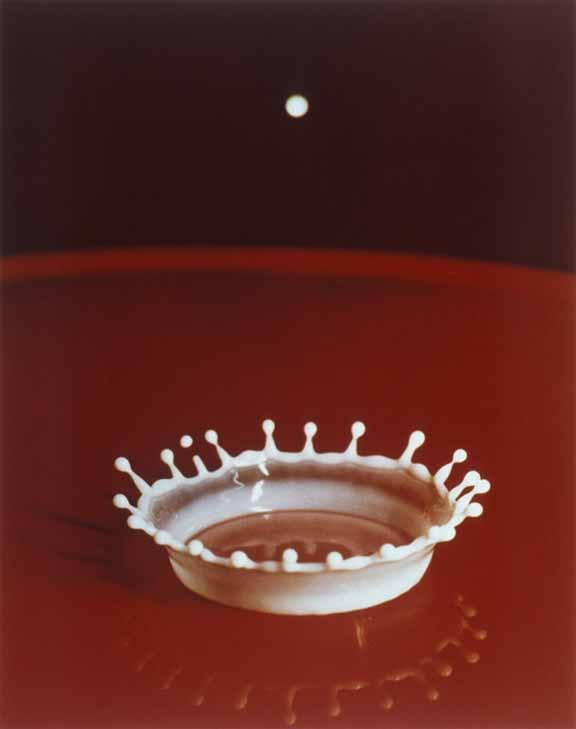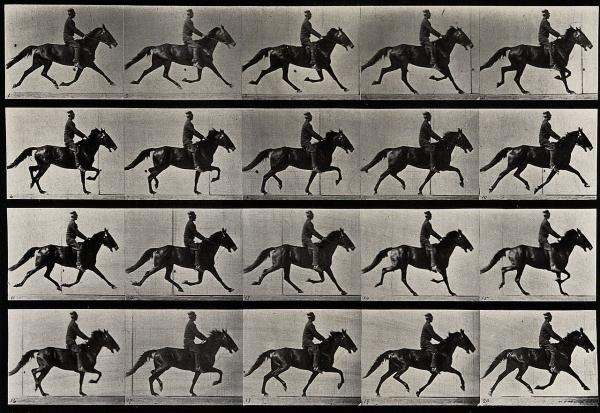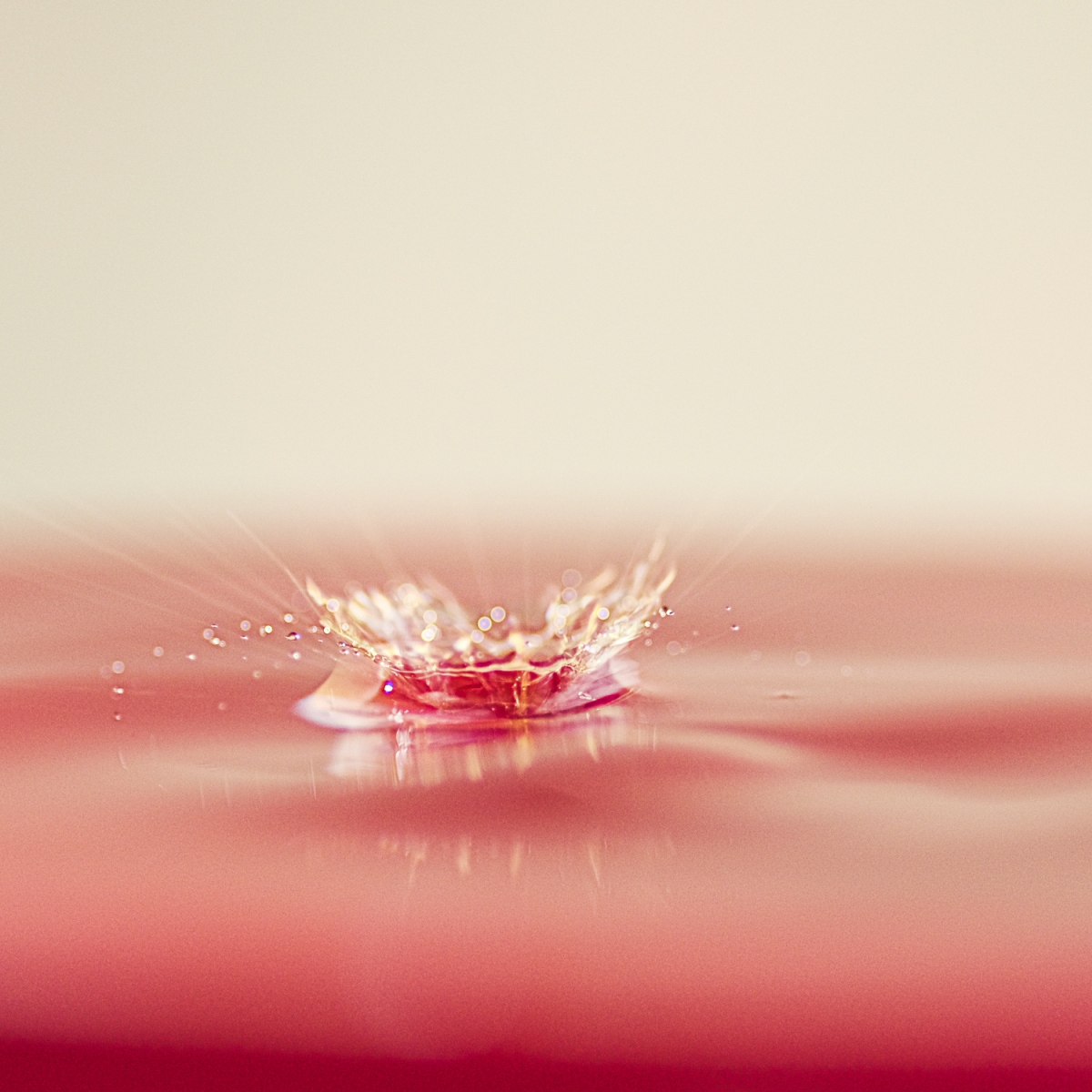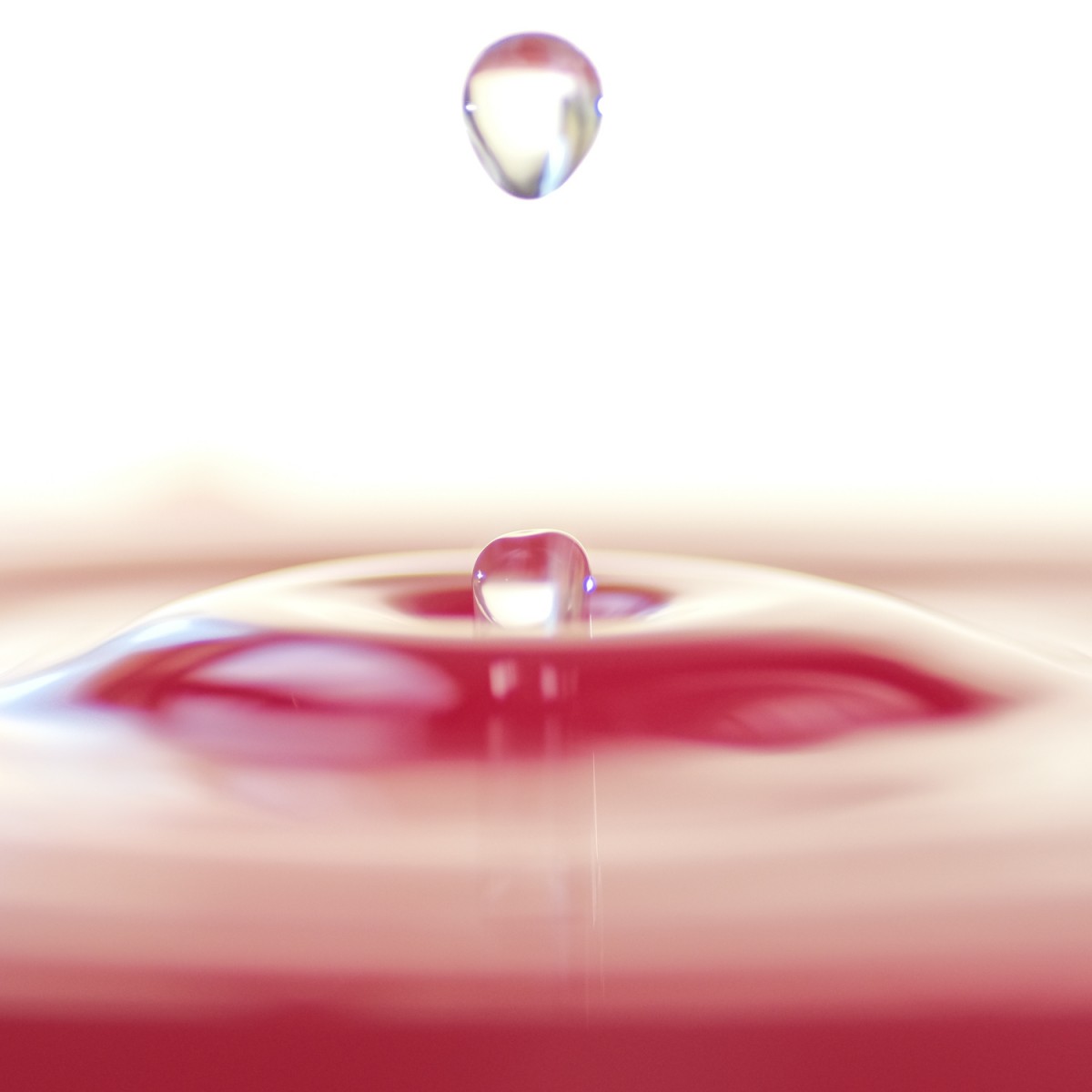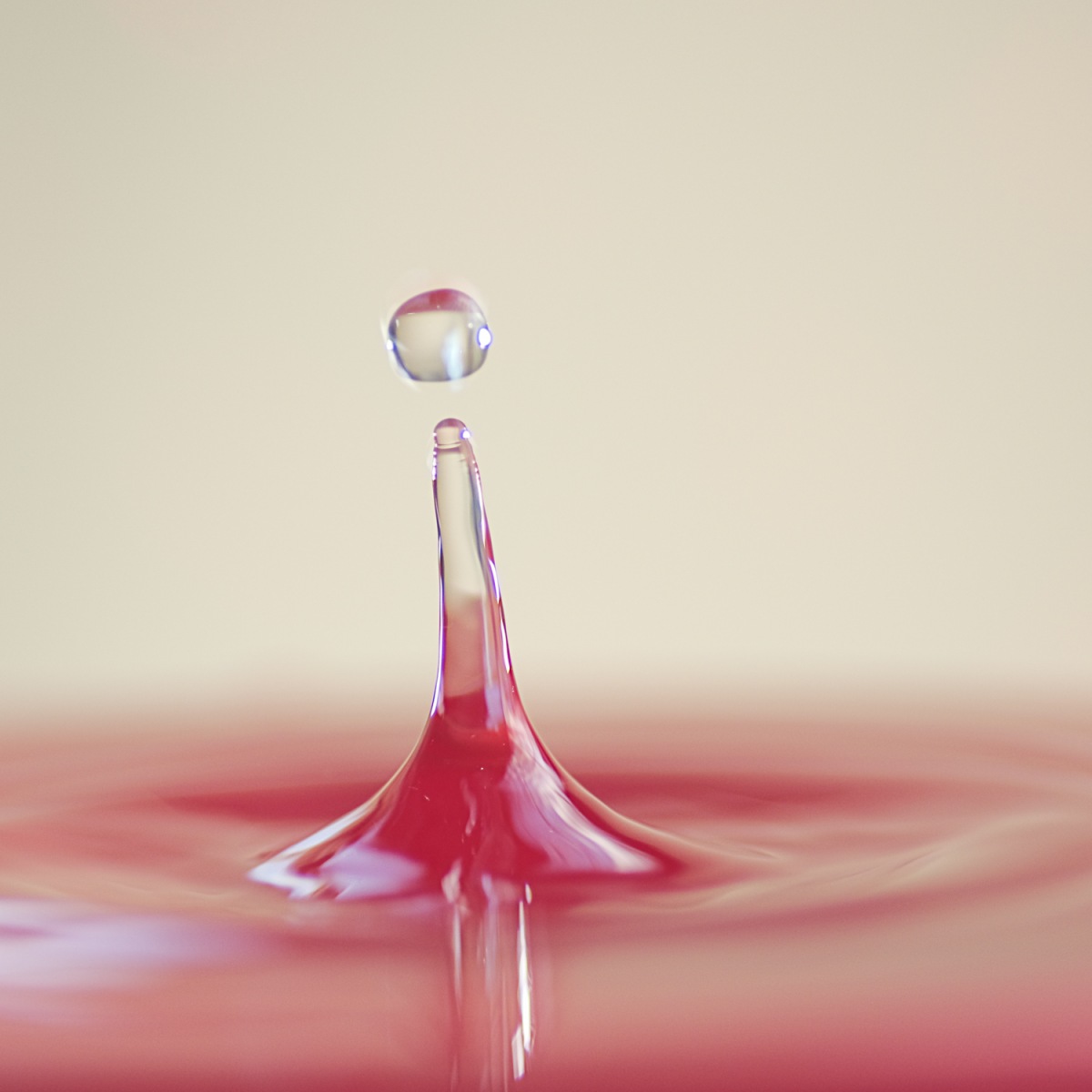Project 1: The frozen moment: Exercise 3.1 Freeze
Start by doing some of your own research into the photographers discussed above. Then, using fast shutter speeds, try to isolate a frozen moment of time in a moving subject. Depending on the available light you may have to select a high ISO to avoid visible blur in the photograph. Add a selection of shots, together with relevant shooting data and a description of process (how you captured the images), to your learning log.
Photography is sometimes talked about in terms of time and its ability to freeze a piece of time, an event, a happening, and record it for posterity.
The history of photography is also about the ever-increasing ability of cameras to record at speed thus offering alternative creative avenues for photographers to explore. Some of the early pioneers include:
Harold Edgerton
Harold Eugene “Doc” Edgerton, also known as Papa Flash (April 6, 1903 – January 4, 1990) was a professor of electrical engineering at the Massachusetts Institute of Technology.[1] He is largely credited with transforming the stroboscope from an obscure laboratory instrument into a common device. He also was deeply involved with the development of sonar and deep-sea photography, and his equipment was used by Jacques Cousteau in searches for shipwrecks and even the Loch Ness Monster. Wikipedia
Edgerton was a pioneer in using short duration electronic flash in photographing fast events photography, some of his famous photographs include a bullet during its impact with an apple, ‘Milk Drop Cornet’ and ‘Back-dive’. These photographs help us see the unseeable.
Eadweard Muybridge
“Only photography has been able to divide human life into a series of moments, each of them has the value of a complete existence,”
Eadweard Muybridge was a British photographer known for his groundbreaking work in the field of pioneering work in photographic studies of motion, and early work in motion-picture projection. Using multiple cameras, Muybridge famously captured the gait of a trotting horse, then with a device of his own invention, the zoopraxiscope, projected a moving image.
For this series of photographs, I used a macro 100mm lens and two flashs-one on camera and the other (slaved) to the side. I half-filled a plastic bag with water and pierced it with a pin to start a slow drip. I placed the bag over a glass pyrex dish in a ceramic bowl, positioned the camera at almost levl with the surface of the water (on a tripod), and took a series of photos to freeze the drips as they hit the water. The combination of the light from the flashes and the high ISO helped me achieve my goal of isolating the drips.



